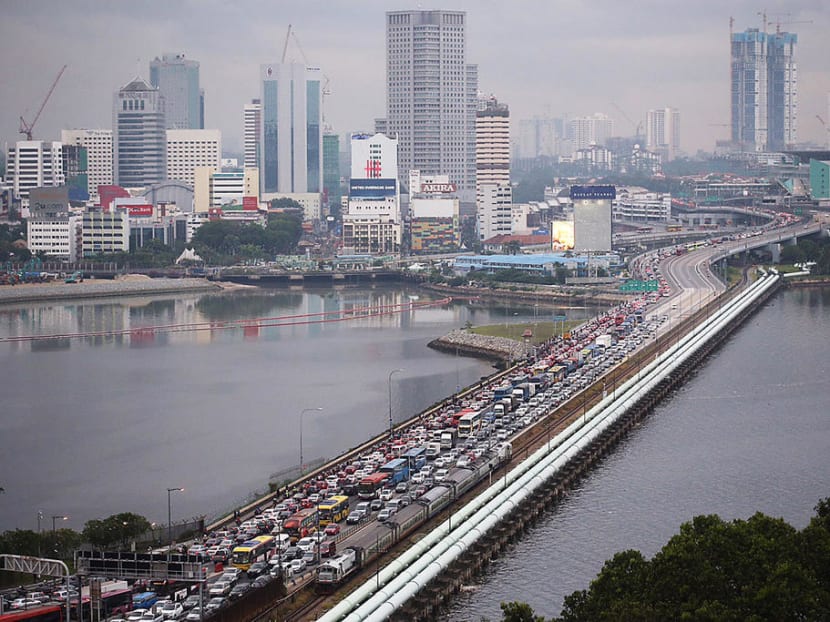Singapore, Malaysia could explore ferry services to ease congestion at Causeway
Since the suspension of the high-speed rail project by the ruling Pakatan Harapan (PH) coalition government in Malaysia, there have been suggestions for an alternative “third link” project or more bridges to connect both countries.

A reader suggests that an immediate and cost-effective solution to ease congestion would be a sea link similar to the Singapore-Batam ferry services.
Since the suspension of the high-speed rail project by the ruling Pakatan Harapan (PH) coalition government in Malaysia, there have been suggestions for an alternative “third link” project or more bridges to connect both countries.
Malaysia appears to want to increase connectivity with Singapore and the link it suggested involves heavy investments.
This seems untimely for the governments on both sides of the Causeway when the high-speed rail project has been put on hold.
If any agreement is made on a third link, the construction will be completed only in years to come. It will not alleviate congestion at the existing checkpoints in the near future.
Furthermore, there could be a risk that such a project may not materialise should there be a change of government in Malaysia at the next election.
I believe the immediate and cost-effective solution to ease congestion would be a sea link similar to the Singapore-Batam ferry services — but at a bigger scale.
The ferries could transport about 1,000 passengers in a single run and operate on clean fuel such as LNG. This could be more eco-friendly than having more vehicles coming into Singapore.
The bulk of the cost of the project would be borne by commercial operators of the ferry services.
Direct ferry services could be launched from Malaysia to Tuas and Harbourfront in Singapore.
For the ferry services to be viable, the trips should be kept under 40 minutes.
Trips could be increased to cater to peak-hour crowds and scaled down during off-peak hours.
This solution limits the risk and financial burden that would have to be undertaken by both governments. It could be implemented in a relatively short time to tackle traffic jams at checkpoints during peak hours.






